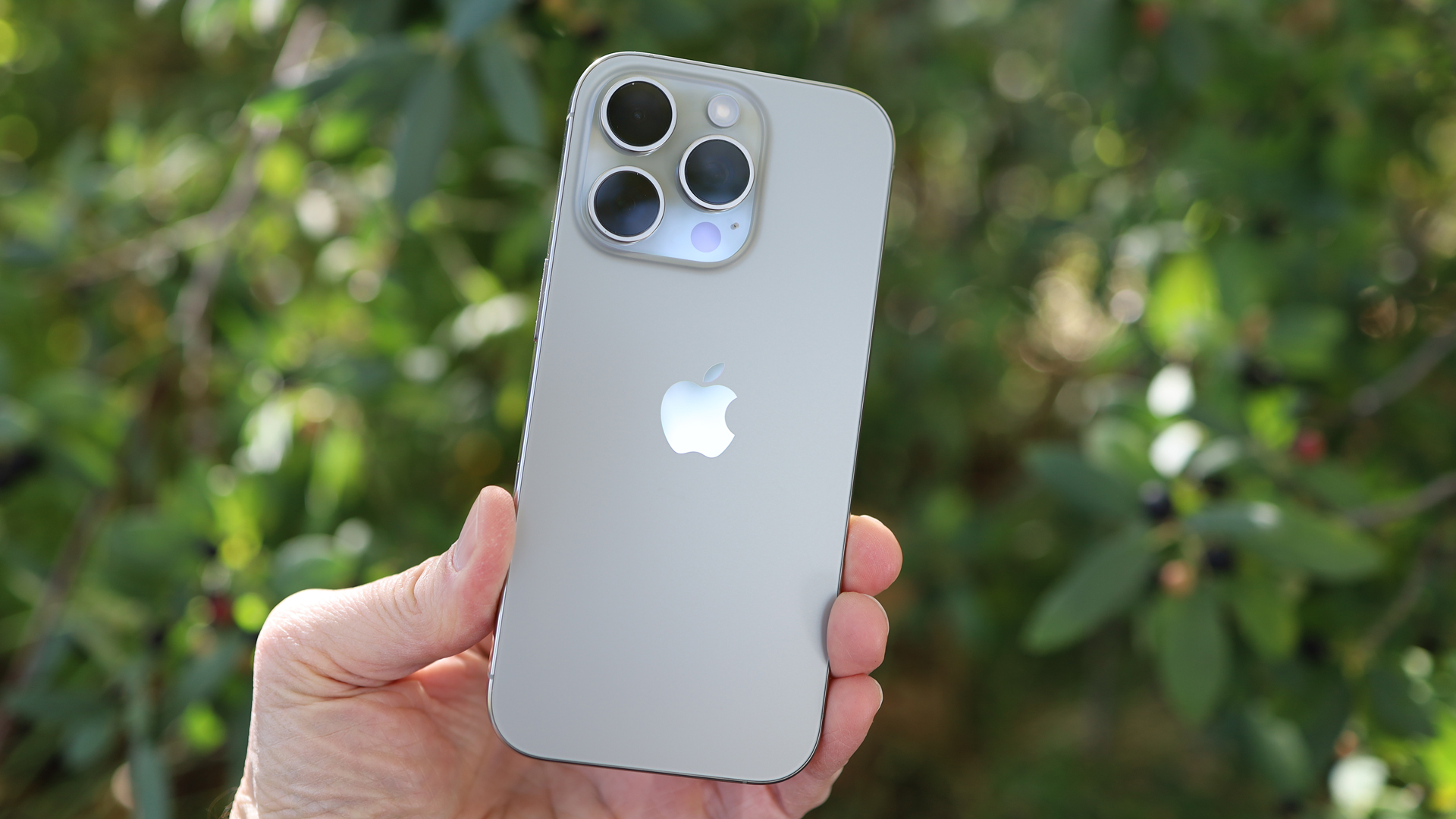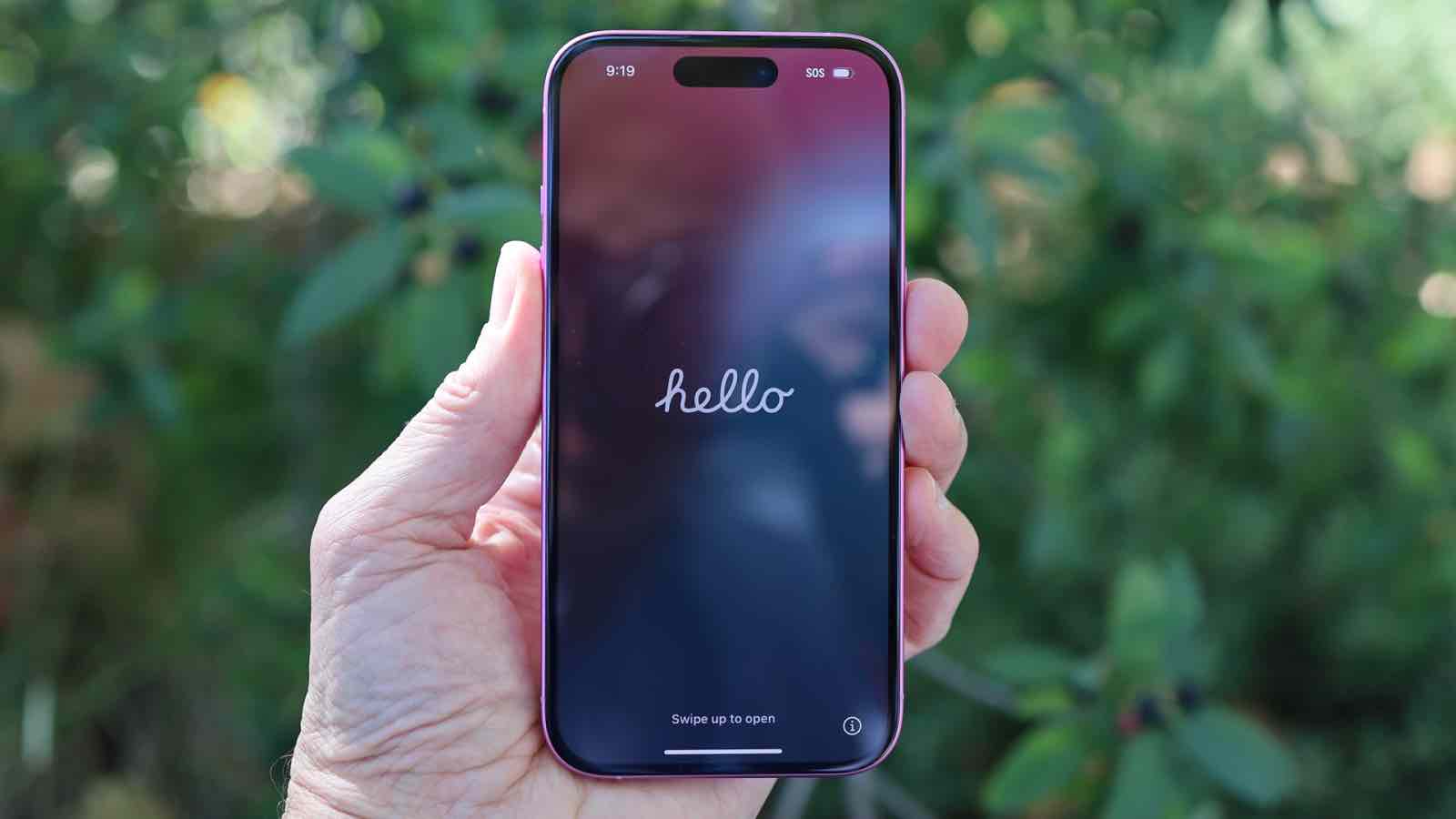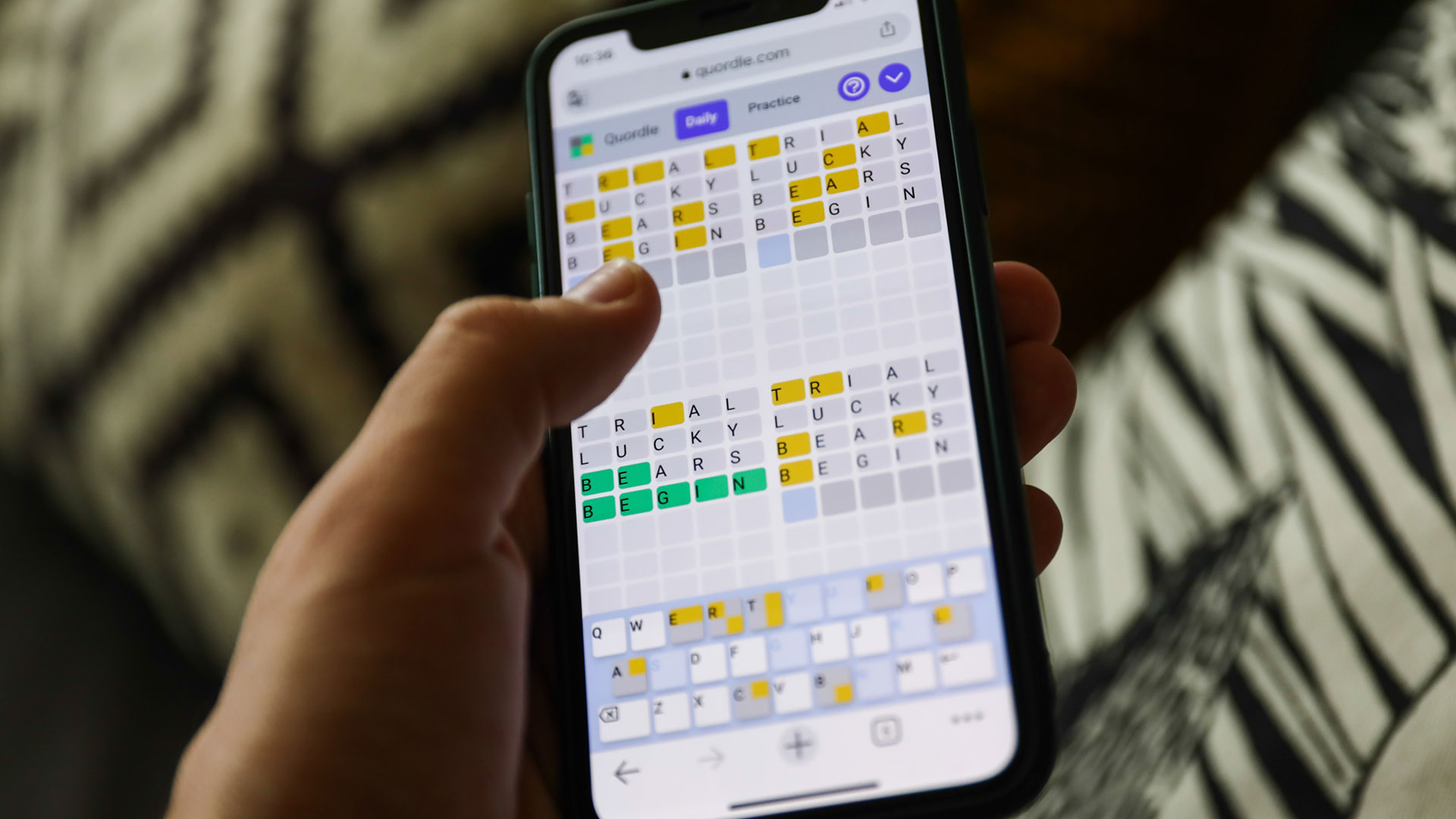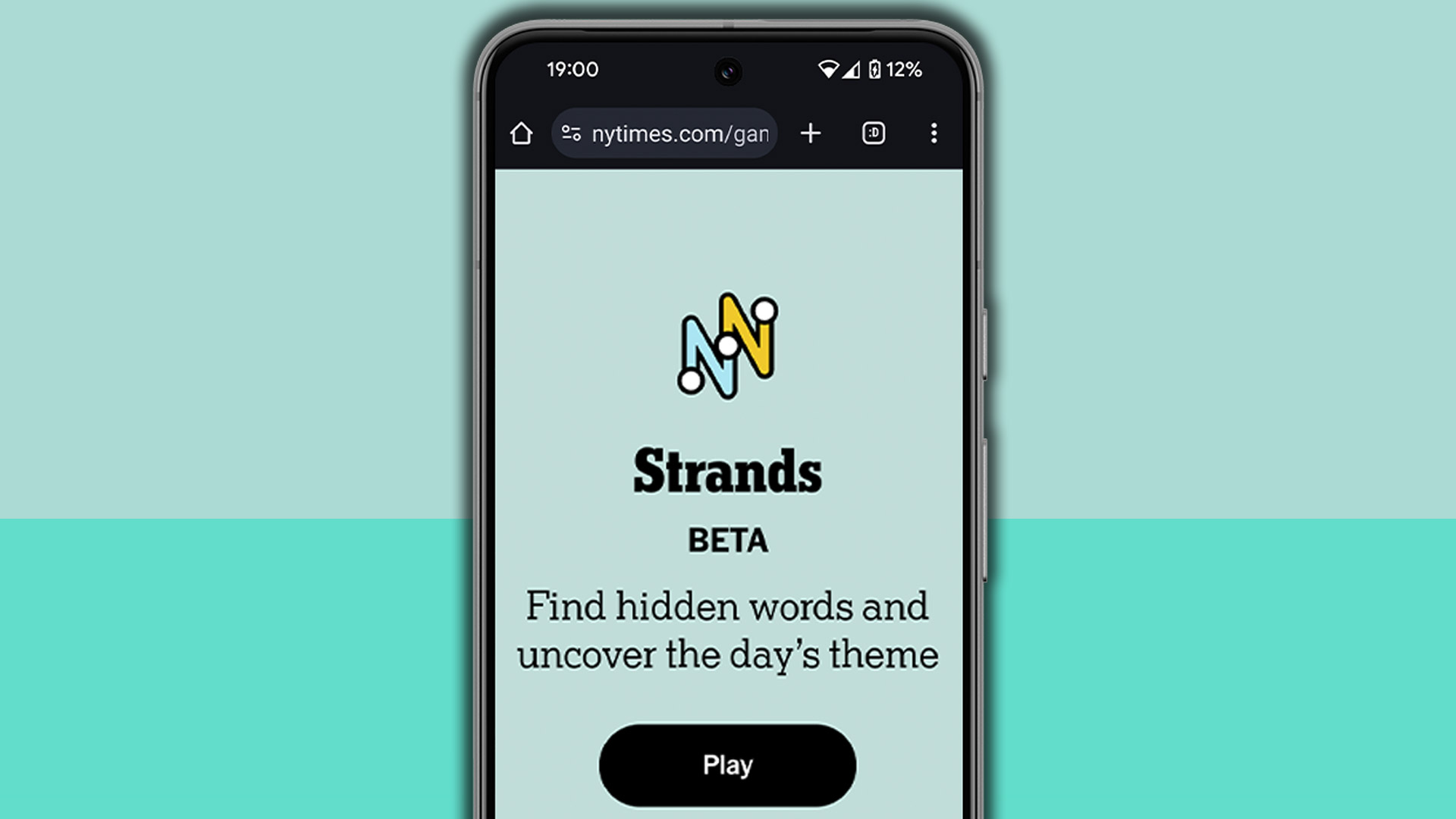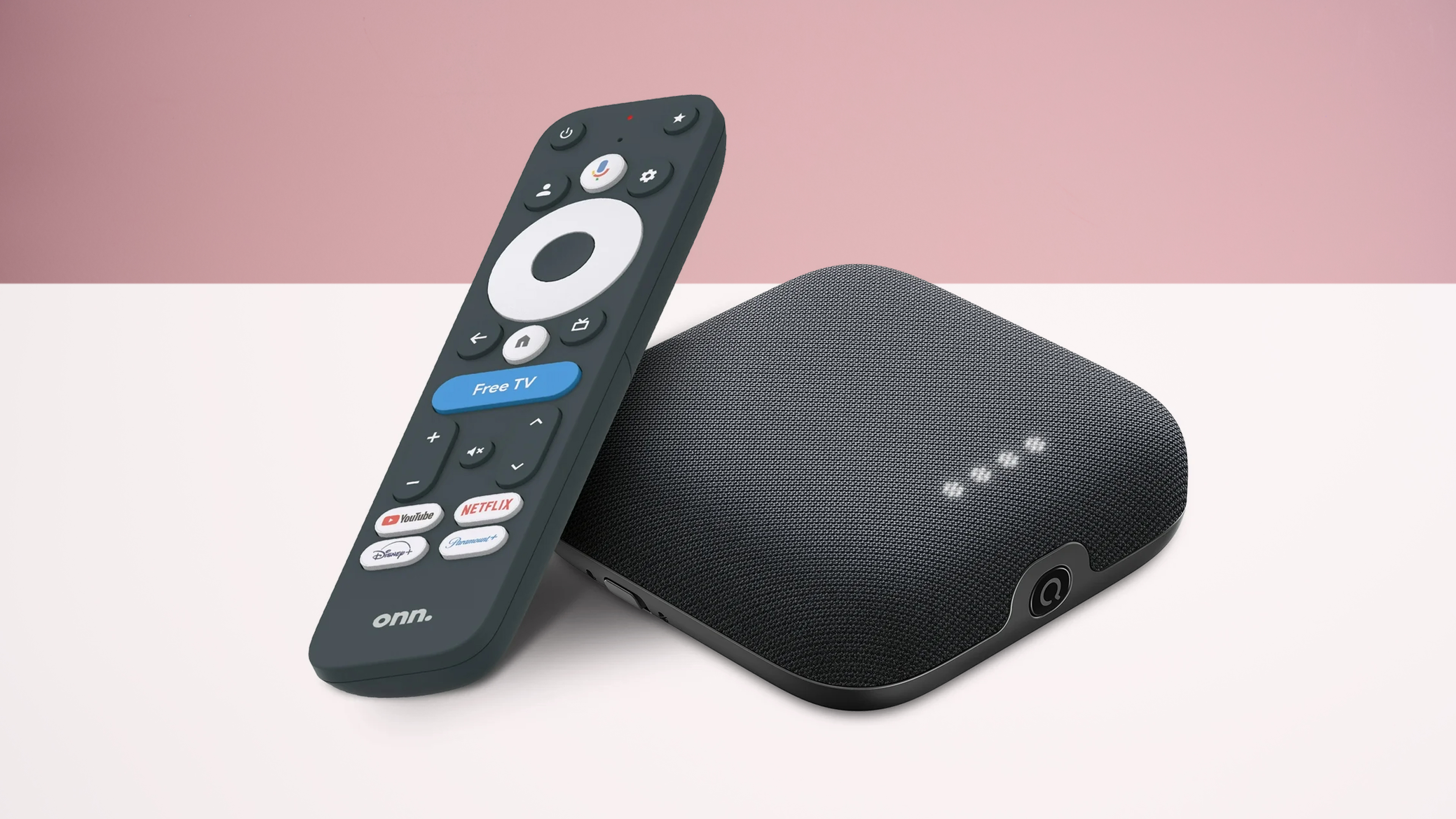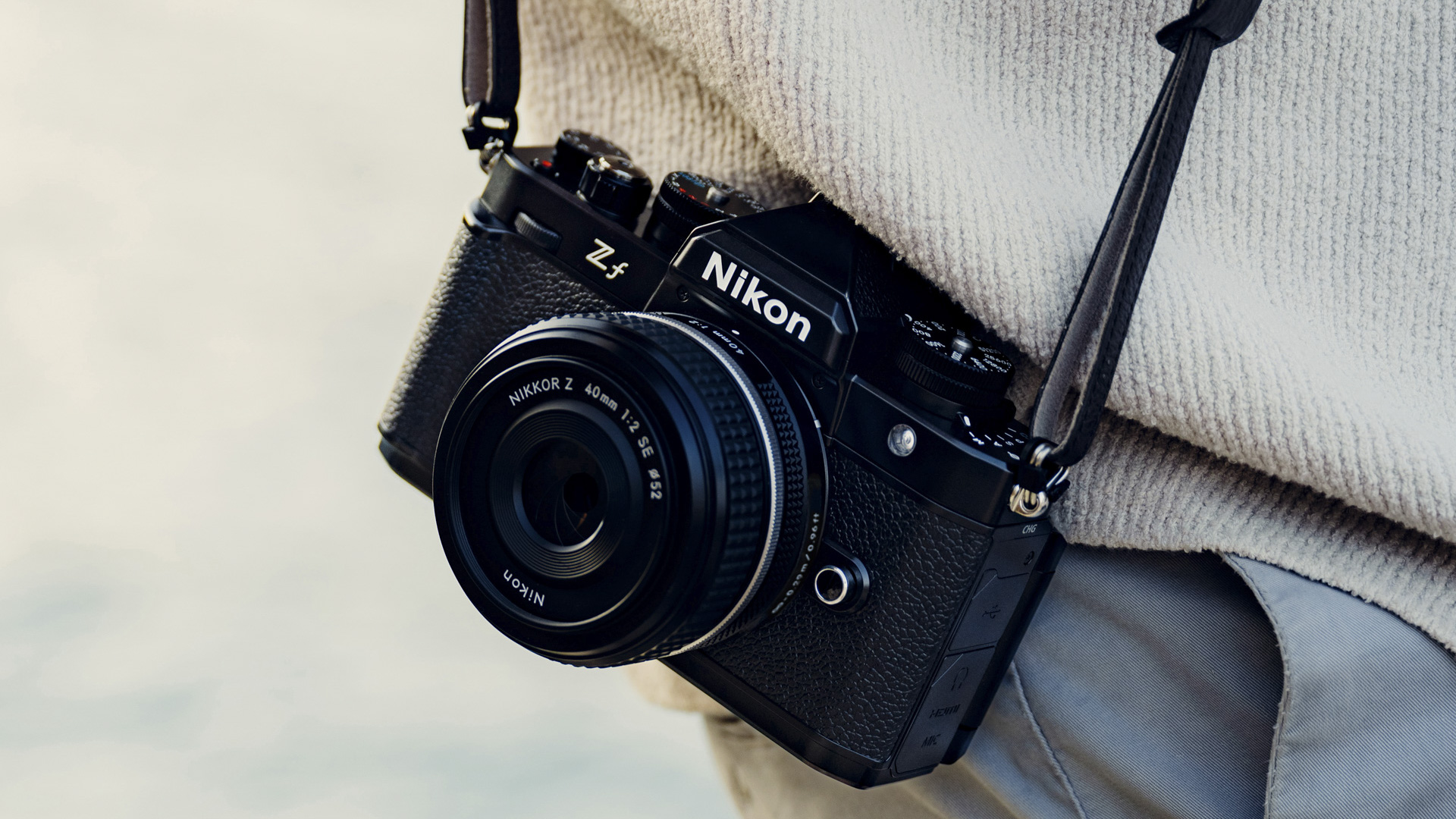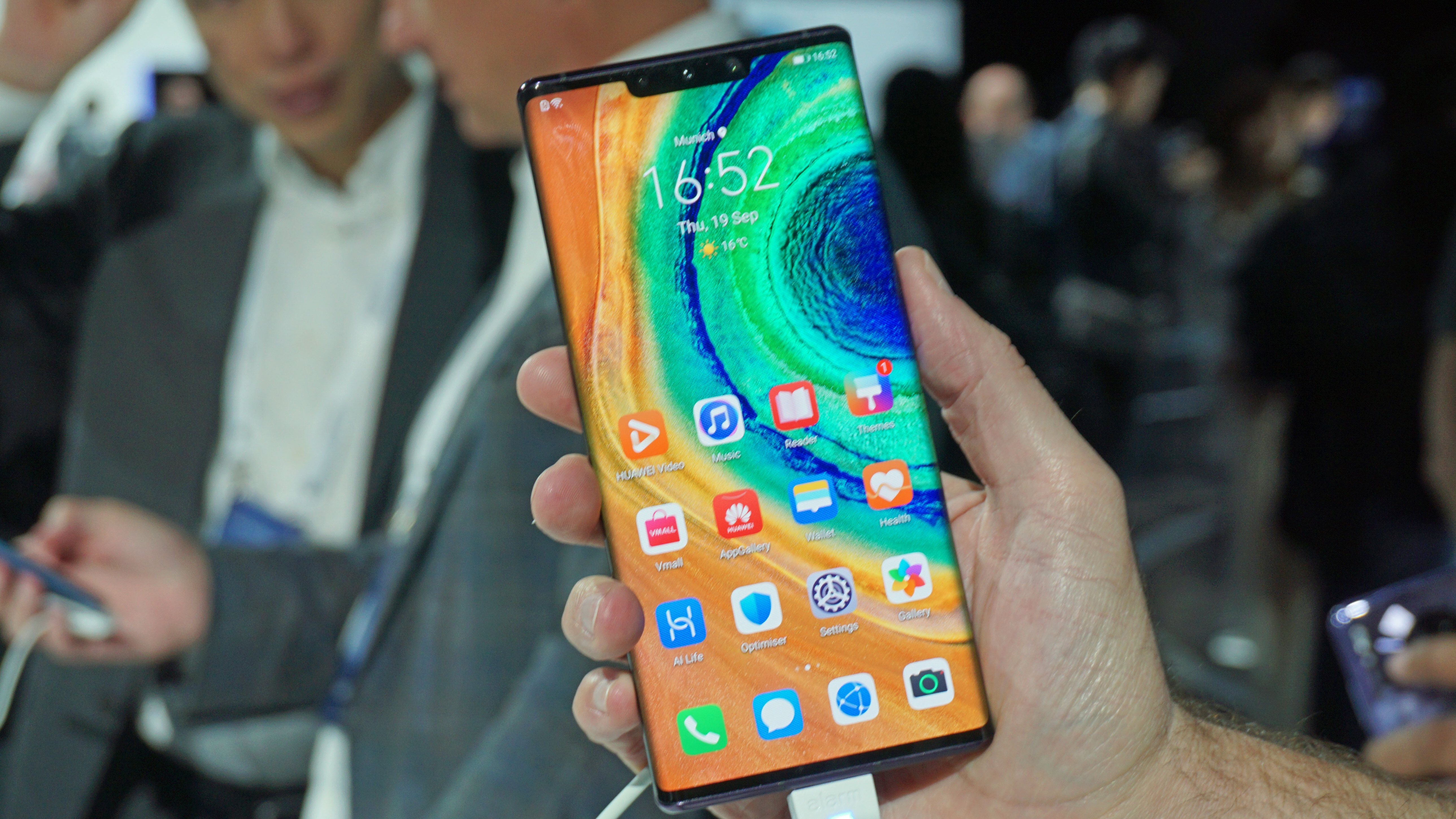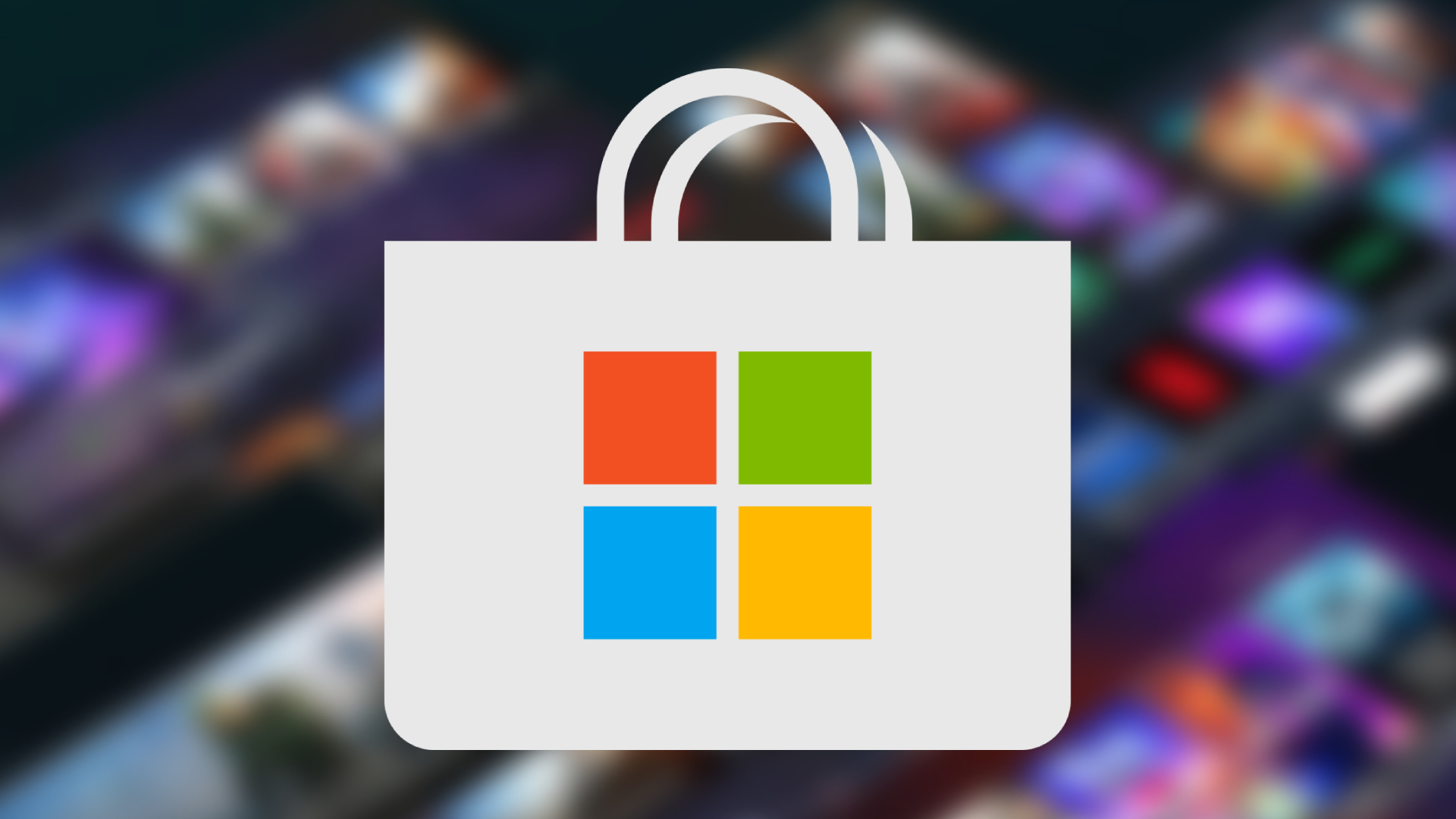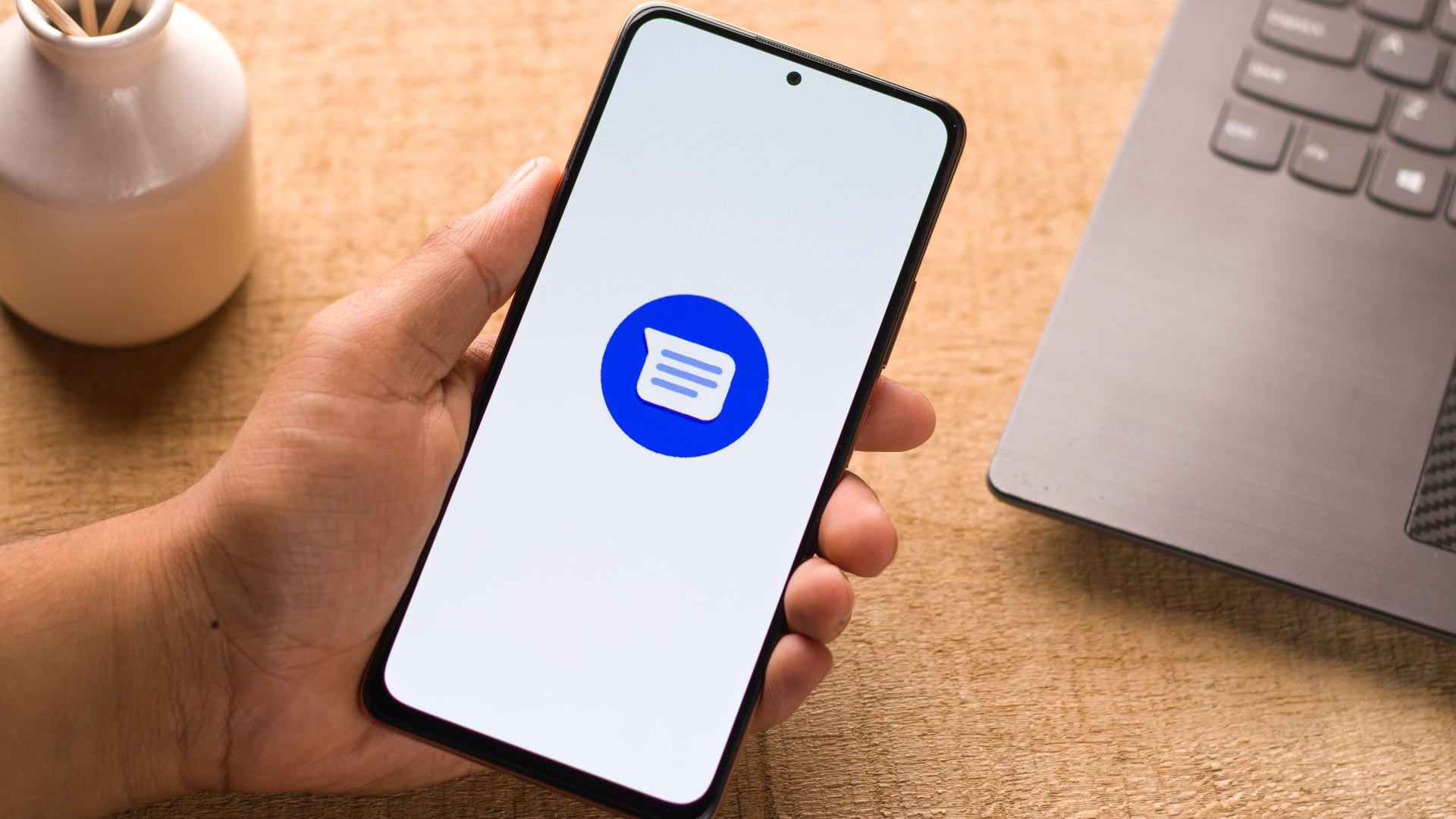Apple: we want your iPhone to replace your passport
After your planes, trains and automobiles

Apple Pay is finally coming to the UK next month – and the brand doesn't intend on stopping with replacing cash and credit cards with phone and watches.
I spent the morning with Eddy Cue, Apple's senior vice president of internet software and services, and Jennifer Bailey, vice president of internet services for Apple, to find out how the system worked in San Francisco, where the service has already been deployed for a few months.
Cue was clear about one thing: this is only the start for Apple. The service is rolling out to the UK and wider world soon (as more agreements are put in place for merchants to start offering Apple Pay for purchases) but the company has bigger plans.
The Apple exec showed us his current wallet: a money clip with cash and a few cards in there. He said Apple's goal was to do away with as much of that as possible, to make it so you'll never need to carry cash or credit, debit and loyalty cards again.
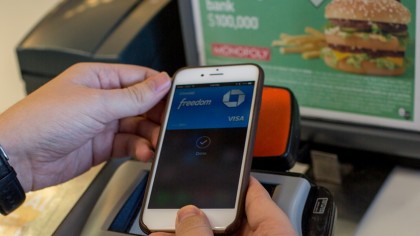
The interesting point was the company's ultimate goal: to even replace your driving license and passport in the future. Cue admitted that this was going to be a long term goal, with various governmental hurdles to get through first but it's clear Apple wants to be a solution to having to carry documents with you.
Given biometrics are becoming a key part of authentication on both driving licenses and passport to make them more secure and help deter fraud, the idea of using biometrics on a phone would make the process more simple and safer for consumers.
Cue didn't elaborate on how Apple would possibly integrate such systems into the iPhone nor give a time frame for deployment (other than intimating it wasn't going to happen in the short term).
Get daily insight, inspiration and deals in your inbox
Sign up for breaking news, reviews, opinion, top tech deals, and more.
Future advances in smartphone security, such as higher encryption and more biometric systems like fingerprint scanning or pulse matching could make this idea more appealing to governments worried about identity theft – in short, making your phone a safer option than current systems.
Easy Pay
Back to the present day and TechRadar tried out the myriad ways you can pay for your goods using Apple Pay around the American city.
The whole set up is simple for any new user: take a picture of your card, enter your CCV code and the information is sent securely to your bank, which validates your credentials and sends back a text or email with a confirmation code.
After that, your card is stored securely on your phone or watch. You'll set a default card, which will be the one that automatically springs up when you hold your iPhone near a terminal (or double tap the button on the Watch).
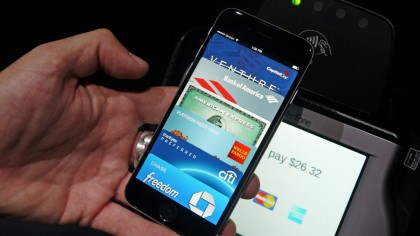
If you don't want to use that card you can swipe along and pick another one you've got set up – but having the default you use most speeds the whole process up, especially on the watch, where having to do more than having double tap the button would make the whole process too convoluted.
As we toured San Francisco around various grocery stores, pharmacies and coffee shops, the different methods of payment had different reactions from the merchants.
Paying for anything using the Apple Watch got the most interest, with the retailer telling us this was the first time they'd seen such a thing happen in the real world – which makes sense given both the Watch and Apple Pay are relatively new elements, and their combination is unlikely to be widespread.
Intriguingly Bailey confirmed that there won't be a limit on using the Apple Watch to pay for goods – original reports said that this would be the same as current contactless cards, where a limit is in place to prevent thieves going on a spending spree if they get hold of your card.
But given the Watch is automatically authenticated using TouchID when connected to the iPhone (with a passcode needed should the wearable be removed) it can be used in the same way.
However, merchants can impose their own limits if they're worried about the system, meaning this might not work for some big ticket items.
Adding in the ability to hold your passport would allow Apple to control nearly all travel, with plane tickets combined with your passport, transport on various global subway trains and helping you out when the police stop you for (allegedly) speeding.
Pointless signs
Using the phone seems to be an increasingly normal occurrence, with one coffee shop telling us that they'll get multiple instances of users paying for their drinks using their iPhone each day.
This was probably the slickest example of how Apple Pay works, with the NFC chip in the phone automatically registering that an Apple Pay terminal was nearby, and if the user is already holding their finger on the TouchID panel, the payment is nearly instant.
The most unexpected thing from the day's 'shopping' was that Cue had to sign for one of his purchases, which is apparently due to legacy deals with banks in the US.
Some agreements in the US mean banks require a signature for all card transactions to prove a lack of fraud – although the fallacy of that system with Apple Pay is highlighted given there's no signature to compare it to.
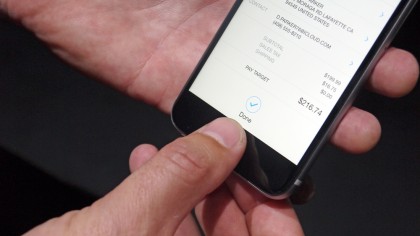
This isn't something that's needed in other countries like the UK, where Chip and PIN systems have been in use for years, but it will be phased out in the US soon too.
As for other countries, the brand is obviously working to bring the Apple Pay service to new territories soon (after all, it makes money from each transaction) but there are a number of agreements needed to be reached first.
Apple needs to get an agreement from various banks and service providers (ie Visa and Mastercard) before Apple Pay can be brought in – which is why you'll see so many brand and financial institutions listed when the brand announces a new territory.
These take longer to integrate with some outlets than others, which is why some users in the UK will be frustrated that they won't be able to use Apple Pay until later in the year as their bank hasn't signed on with the service just yet.
But the morning's demonstration showed how slick Apple Pay can be – and it'll even the unexpected action of making it easier for rival systems (such as the impending options from Samsung and Android) to thrive, as banks become familiar with phone-based payments.
There's no doubt that the phone is going to become ever-more central to our lives – here's hoping that by 2020 the realisation of losing your wallet will result in a shrug rather than heart-stopping panic.

Gareth has been part of the consumer technology world in a career spanning three decades. He started life as a staff writer on the fledgling TechRadar, and has grew with the site (primarily as phones, tablets and wearables editor) until becoming Global Editor in Chief in 2018. Gareth has written over 4,000 articles for TechRadar, has contributed expert insight to a number of other publications, chaired panels on zeitgeist technologies, presented at the Gadget Show Live as well as representing the brand on TV and radio for multiple channels including Sky, BBC, ITV and Al-Jazeera. Passionate about fitness, he can bore anyone rigid about stress management, sleep tracking, heart rate variance as well as bemoaning something about the latest iPhone, Galaxy or OLED TV.
